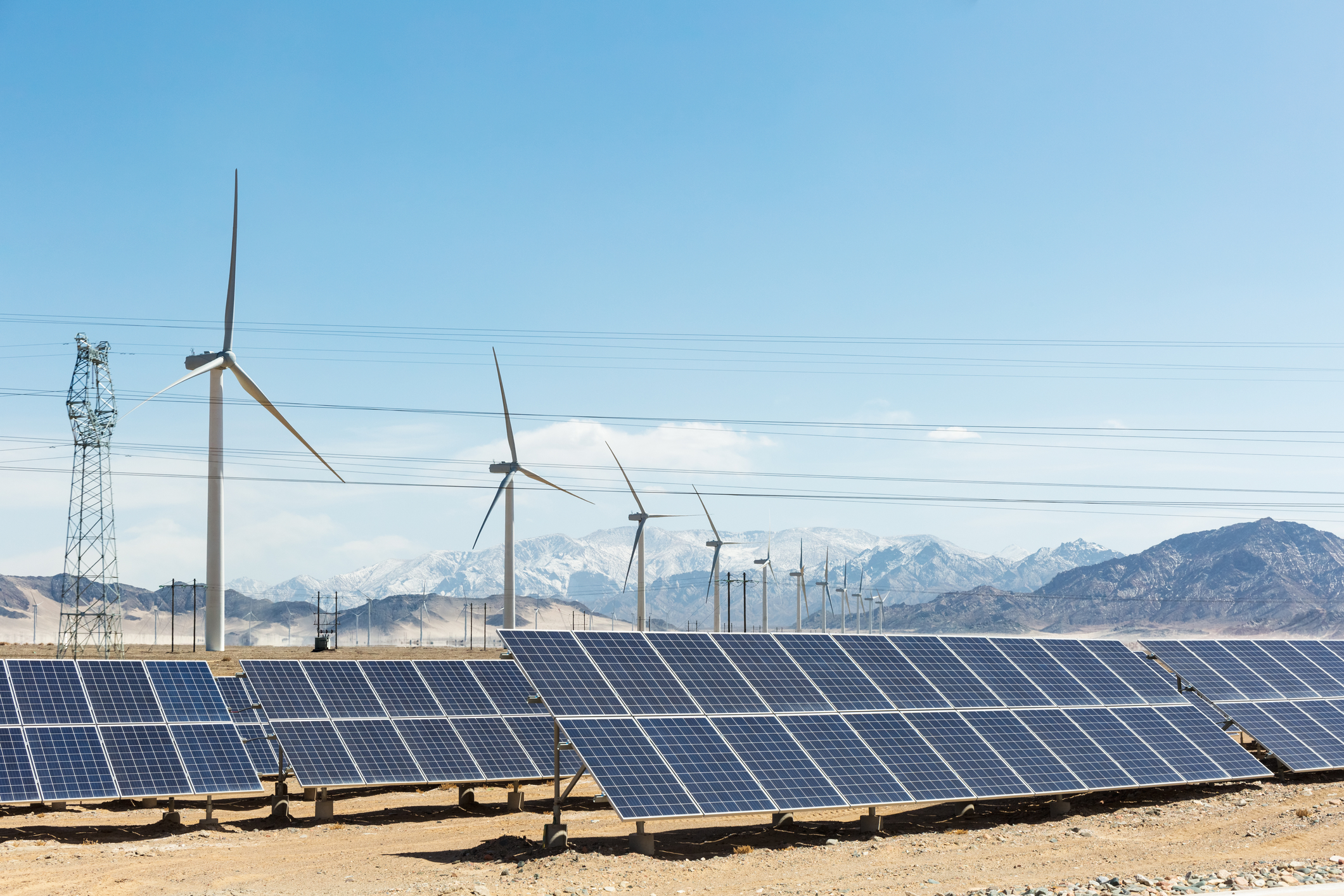
Asia-Pacifics energy demand is forecast to grow 33 percent from 2017 to 2040, with oil, natural gas and coal making up 85 percent of total energy consumption, according to a new study from ExxonMobil. Wind and solar power are making rapid inroads in the region, especially in China.
According to the outlook, Chinas build-out of long-distance transmission is connecting high resource wind and solar renewables in the northwest to high population centers, such as the Chonqqing, Shanghai and Guangzhou metropolitan areas. High quality wind and solar resources are competitive with imported natural gas, the company said, while coal remains a low-cost option with challenges due to air quality impacts. Globally, wind and solar powers share of delivered electricity is projected to grow from about 6 percent in 2017 to about 20 percent in 2040.
Demand for all energy types in the region will increase at an average annual rate of 1.2 percent a year from 2017 to 2040, according to the study, Outlook for Energy: A Perspective to 2040.
During that time, Chinas energy demand is expected to grow by 21 percent to 148 quadrillion British thermal units, while Indias is expected to increase 90 percent to 66 quadrillion Btu.
Asia-Pacific is expected to account for 47 percent of total global energy demand in 2040. Oil will supply 25 percent of Asia-Pacifics energy demand in that year, down from 27 percent in 2017.
Natural gas is projected to account for 12 percent of the regions energy demand in 2040, or 52 quadrillion Btu, an 81 percent jump from 2017.
Globally the study projects that demand for nuclear energy to grow 66 percent from 2017to 45 quadrillion Btu in 2040, with China accounting for nearly 70 percent of all nuclear growth. Almost half of demand that year will be in China, which is expected to grow its demand for nuclear energy by 330 percent over that 23-year period.
The outlook estimated the global light-duty fleet – cars, pickup trucks and sport utility vehicles -at about 1.1 billion vehicles in 2017, with about 3 million – 0.3 percent – being plug-in hybrids, battery electric vehicles and fuel cell vehicles. By 2040, the company expects the global fleet size to grow to nearly 2 billion vehicles by 2040 and the EV population to reach 420 million vehicles or almost 20 percent of the global fleet. EVs are projected to account for nearly 30 percent of new car sales then, growing thanks to decreasing battery costs and policies for tailpipe emissions, efficiency and energy independence for importing countries.
While all regions are expected to experience increased demand for energy for commercial transportation – including heavy-duty, rail, marine and aviation – Asia-Pacific is expected to lead in growth, rising to account for 40 percent of commercial transportation energy demand.
The 2019 edition of The Outlook for Energy: A Perspective to 2040 is posted on ExxonMobils website here.
Photo: Chuyu/Dreamstime
